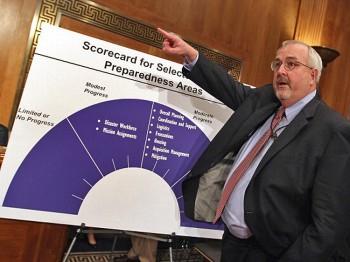Massachusetts’s Solar Energy Future is Vibrant and on Target
The growth of Massachusetts’s solar industry today was a result of the Patrick-Murray administration’s portfolio of forward thinking clean energy policies and programs, enacted by the administration and the Massachusetts Legislature.
COLLECTING SUN: The partial bank of 200 kilowatt arrays at the roof of the Greater Boston Food Bank. Michael Tsang/The Epoch Times
|Updated:



